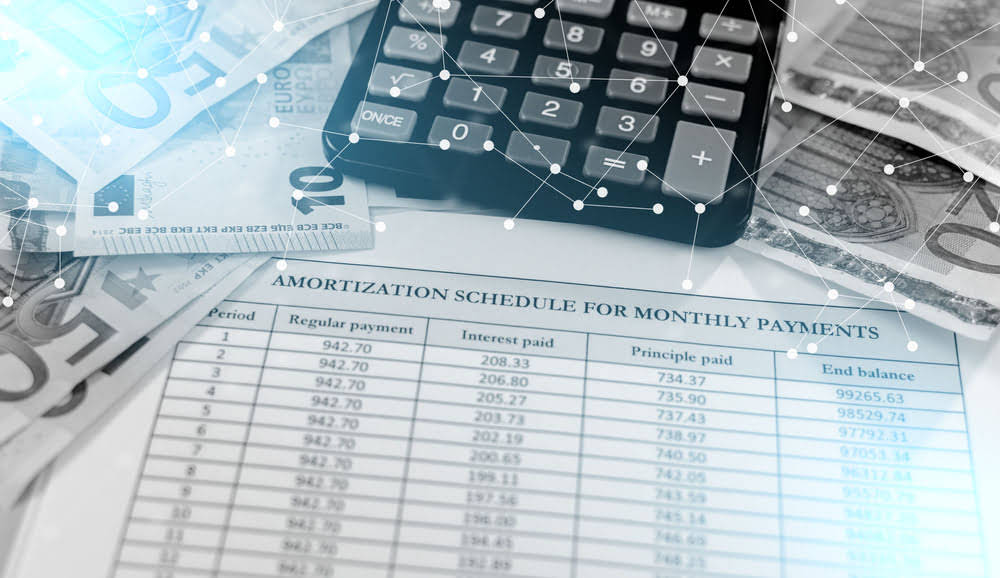
A strong example is assets that must adhere to regulatory disposal requirements to remove waste without salvage value environmental contamination. We can see this example to calculate salvage value and record depreciation in accounts. We can also define the salvage value as the amount that an asset is estimated to be worth at the end of its useful life. By integrating financial data and automating calculations, Deskera ERP ensures accuracy and consistency in determining salvage values across various asset categories.
Assets in Accounting: Types, Identification, and Easy Calculation Methods
- During economic prosperity, demand for second-hand assets might increase, elevating their salvage value.
- Other times, it’s about figuring out how much it’s worth when it’s done for good, minus the cost of getting rid of it.
- The choice of method depends on the nature of the asset and its expected pattern of use and obsolescence.
- It is expected to stay economical for 5 years after which the company expects to upgrade to a more efficient technology and sell it for $30 million.
- Although an adequate record generally must be written, a record of the business use of listed property, such as a computer or automobile, can be prepared in a computer memory device using a logging program.
In such cases, the insurance company decides if they should write off a damaged car considering it a complete loss, or furnishing an amount required for repairing the damaged parts. So, in such a case, the insurance company finally decides to pay for the salvage value of the vehicle rather than fixing it. As is clear from the definition, the value of equipment or machinery after its useful life is termed the salvage value. Simply put, when we deduct the depreciation of the machinery from its original cost, we get the salvage value. New laws or regulations can affect the utility or legality of certain assets.
- TAS works to resolve large-scale problems that affect many taxpayers.
- Therefore, a portion of the Fund’s distribution may be a return of the money you originally invested and represent a return of capital to you for tax purposes.
- There are several ways a company can estimate the salvage value of an asset.
- A strong example is assets that must adhere to regulatory disposal requirements to remove waste without environmental contamination.
- For example, if an asset has a cost of $10,000 and a useful life of 5 years, the straight-line rate would be $2,000 per year.
- In accounting, residual value refers to the remaining value of an asset after it has been fully depreciated.
- If an item of property is accounted for in a single item account, the adjusted basis is the basis you would use to figure gain or loss for a sale or exchange of the property.
Straight-Line Method

Many businesses use MACRS depreciation to model how property will depreciate over time. Each expenditure is recorded as a separate item and not combined with other expenditures. If you choose, https://www.bookstime.com/ however, amounts spent for the use of listed property during a tax year, such as for gasoline or automobile repairs, can be combined. If these expenses are combined, you do not need to support the business purpose of each expense.
- You treat two or more successive leases that are part of the same transaction (or a series of related transactions) for the same or substantially similar property as one lease.
- Along with interest rate and tax, the residual value is an important factor in determining the car’s monthly lease payments.
- The salvage or the residual value is the book value of an asset after all the depreciation has been fully expired.
- For 1985, the percentage for the third month of the second year of the recovery period is 11%.
- You’ll need to know the proper MACRS system, depreciation method, recovery period, convention, class, and month or quarter the property is placed in service.
- If these expenses are combined, you do not need to support the business purpose of each expense.
Table A-1: 3-, 5-, 7-, 10-, 15-, and 20-Year Property; Half-Year Convention
Or, if they want to show more expenses early on, they might use a method that makes the item lose more value at the beginning (accelerated depreciation). Some companies say an item is worth nothing (salvage value of $0) because they think it has paid for itself by making money over time. Salvage value, also known as residual value or scrap value, is a fundamental concept in accounting and asset management.
Depreciation Rate:

The law excludes from MACRS any public utility property for which the taxpayer does not use a normalization method of accounting. This type of property is subject to depreciation under a special rule. A disposition is the permanent withdrawal of property from use in your trade or business or in the production of income. You can make a withdrawal by sale, exchange, retirement, abandonment, or destruction.

- However, the combined total of business and investment use is taken into account to figure your depreciation deduction for the property.
- If you acquire personal property that has a useful life of 3 years or more, you can use an amount for salvage value that is less than your actual estimate.
- However, your records should back up your receipts in an orderly manner.
- However, if you redetermine the useful life of property, as discussed earlier under Change in useful life, you can also redetermine the salvage value.
- The final two MACRS components I’ll cover before turning to calculating depreciation are property classes and recovery periods.
- Residual value also figures into a company’s calculation of depreciation or amortization.
The matching principle can be considered to be a rule in accounting that says if you’re making money from something, you should also recognize the cost of that thing during the same period. If a company believes an item will be useful for a long time and make money for them, they might say it has a long useful life. The normal balance balance sheet shows the net book value of an asset, which is the original cost minus accumulated depreciation, helping stakeholders understand the asset’s current worth. The straight-line method is a way to calculate depreciation by evenly spreading the asset’s cost over its useful life. It ensures that the depreciation expense remains constant each year.

Each company has its way of guessing how much something will be worth in the end. Some companies might say an item is worth nothing (zero dollars) after it’s all worn out because they don’t think they can get much. But generally, salvage value is important because it’s the value a company puts on the books for that thing after it’s fully depreciated. It’s based on what the company thinks they can get if they sell that thing when it’s no longer useful.